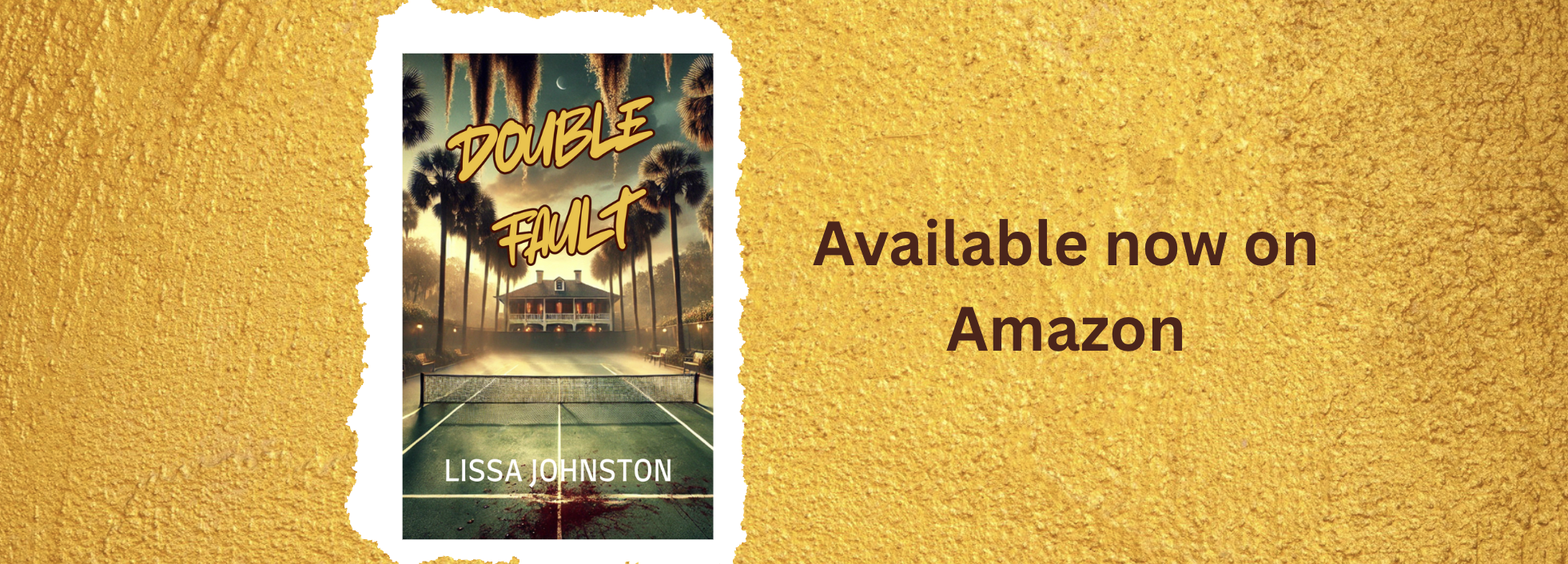This post contains affiliate links.
The theme of my current WIP has been on my mind a lot lately. And not just because I'm sunk in the swamp of editing a saggy middle build. Thanks to several great craft articles like this one, I was able to settle on a theme for my trilogy some time ago. My theme is 'the end justifies the means'. Sometimes I use a little more casual shorthand: 'sometimes you gotta do bad to do good'.

You don't have to look very far to find examples of this philosophy in real life. I've been listening to the most excellent podcast Presidential by Washington Post writer Lillian Cunningham. Presidents often make decisions for us that I feel fall into the 'end justifies the means' category.
- Perhaps the first example that comes to many minds is Harry Truman's decision to drop the nukes on Nagasaki and Hiroshima during World War II. Numbers vary, but hundreds of thousands died. However, Japan surrendered soon after the second bomb was dropped. Developing and using the atomic bomb achieved Truman's goal of ending the war.

- Abraham Lincoln chose to prosecute a bloody war to preserve the union. A Union victory also meant the abolition of slavery. The Civil War cost more than 600,000 lives. But I believe/hope most would agree preserving the union and ending slavery was worth it.
- Dwight Eisenhower was an early supporter of intelligence services. It makes sense. He saw plenty of death and destruction in his military career. In his mind, if there was a way to resolve controversy without going to war, he was all for it. Hard to say what he would've thought of covert operations taken to their extremes - assassinations, coups, torture.
- Richard Nixon's active role in attempting to cover up illegal activities by his re-election campaign staff, known as the Watergate scandal, eventually resulted in ending his presidency. In their minds, the end (winning the next election) outweighed the means (breaking many laws and compounding that mistake with trying to cover it up). I'm not sure if Nixon and his cronies ever considered the possibility of failure. Hubris is often a huge factor with presidents.
- Bill Clinton's similar approach to a sex scandal worked out a little better for him. He gambled on splitting hairs, word salad, and other forms of verbal obfuscation rather than come clean about his extramarital relationship with a White House intern. Unlike Nixon, however, Clinton's gambit was successful. Apparently the end (staying in office) justified the means (spewing a bunch of nonsense and looking like fool in the process).
It has been pointed out to me, and I agree, that 'the end justifies the means' is a slippery slope to anarchy. Anarchy is not something I aspire to in real life. But in my fiction, I'm totally fine with a little chaos.
In my story, the main character starts out as a nerdy follower of the rules. By the end, he embraces breaking them. But he also learns that no matter how carefully you evaluate your options and make tough choices, you cannot always accurately predict the outcome. Robert McKee calls this wildcard component the 'gap'. I call it 'life'.
p.s. You may be wondering why I haven't mentioned the current occupant of 1600 Pennsylvania Avenue. I am choosing to include topics I have heard while listening to the Presidential podcast. Their last episode so far is the one covering our 44th president, Barack Obama. I have no doubt there will be much applicable material on this topic when and if they ever release an episode on 45.
Thanks for reading! If you enjoyed this post, I hope you'll take a minute to subscribe to my blog.






















